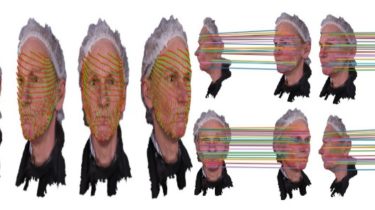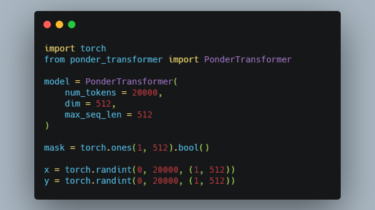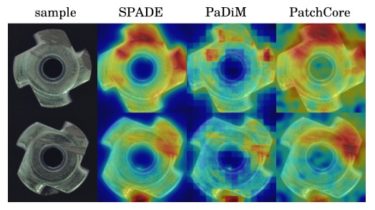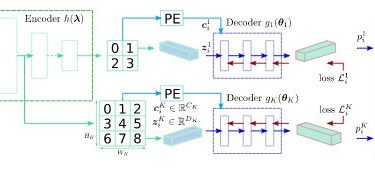Getting to Production with Few-shot Natural Language Generation Models
July 29, 2021 By: Peyman Heidari, Arash Einolghozati, Shashank Jain, Soumya Batra, Lee Callender, Ankit Arun, Shawn Mei, Sonal Gupta, Pinar Donmez, Vikas Bhardwaj, Anuj Kumar, Michael White Abstract In this paper, we study the utilization of pretrained language models to enable few-shot Natural Language Generation (NLG) in task-oriented dialog systems. We introduce a system consisting of iterative self-training and an extensible mini-template framework that textualizes the structured input data into semi-natural text to fully take advantage of pre-trained language […]
Read more






